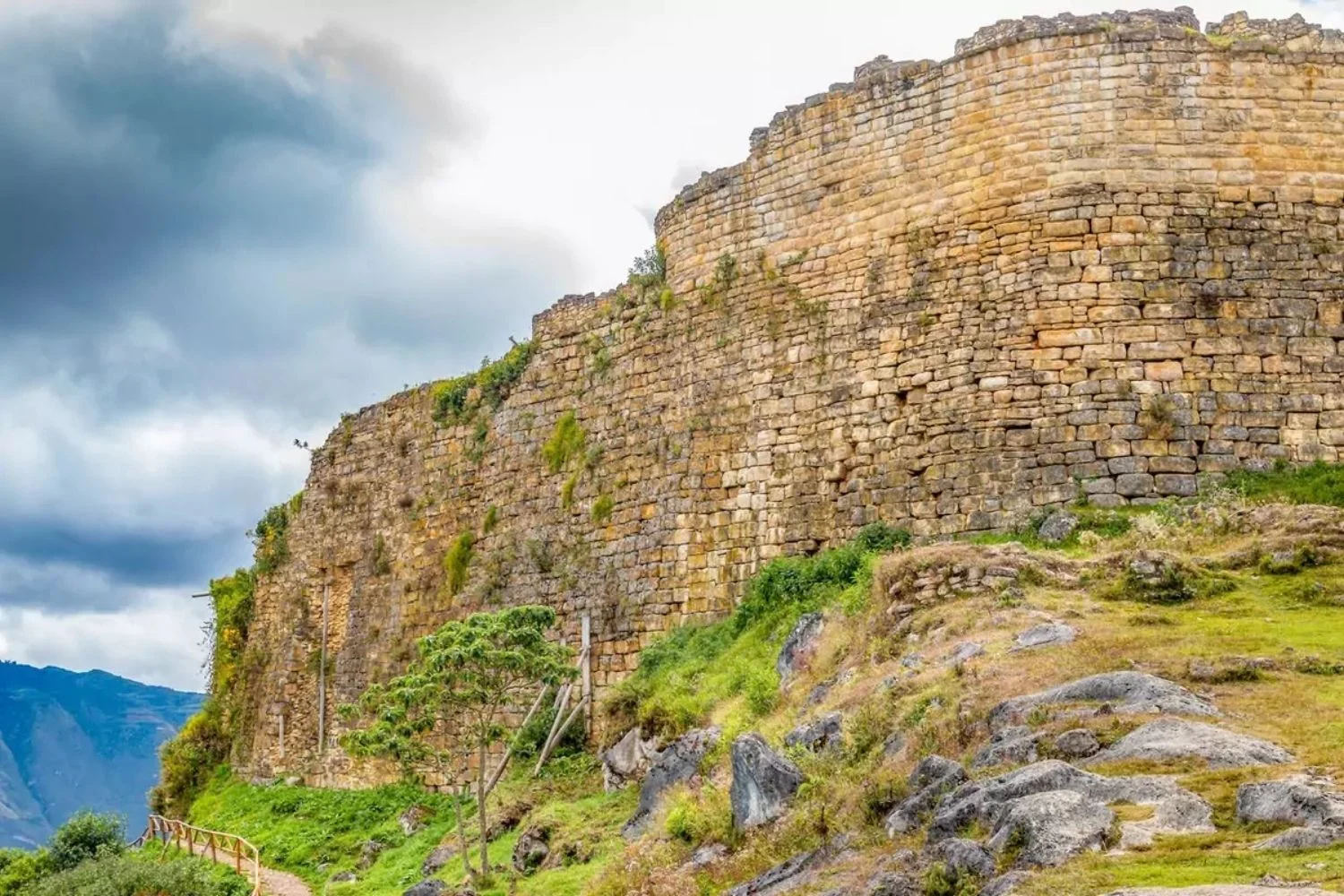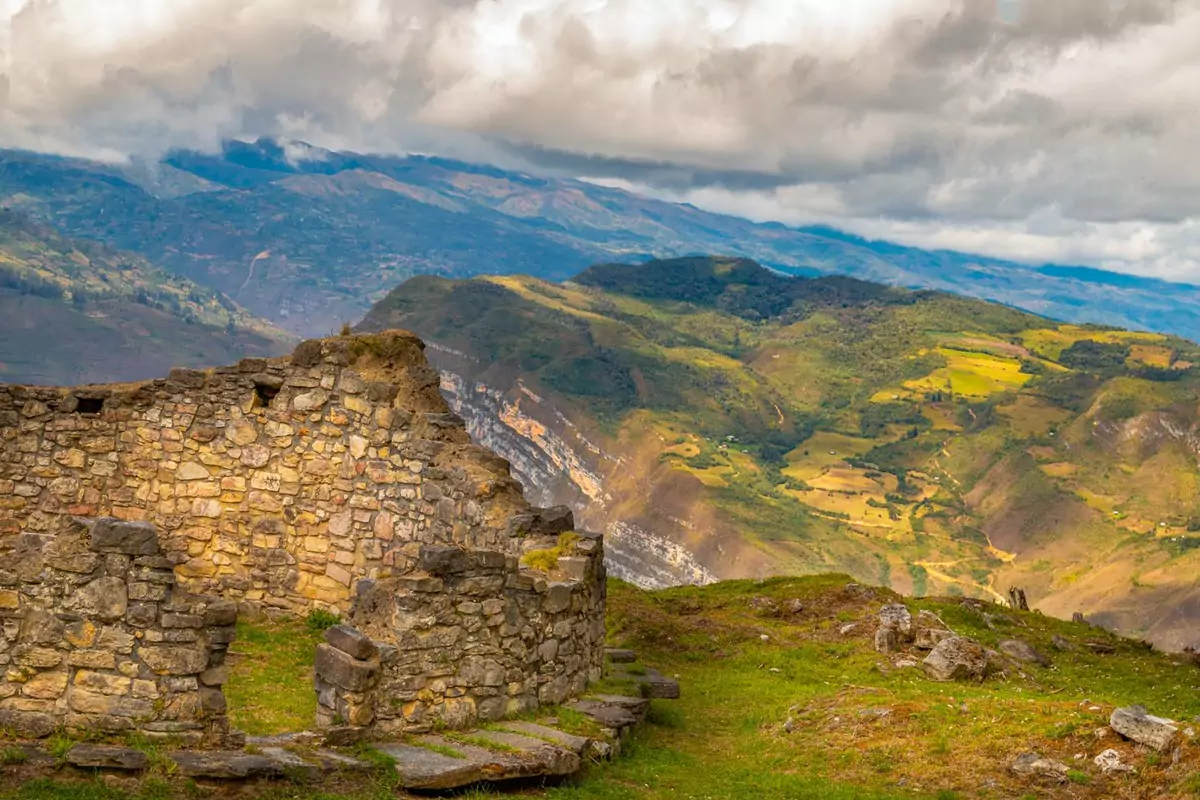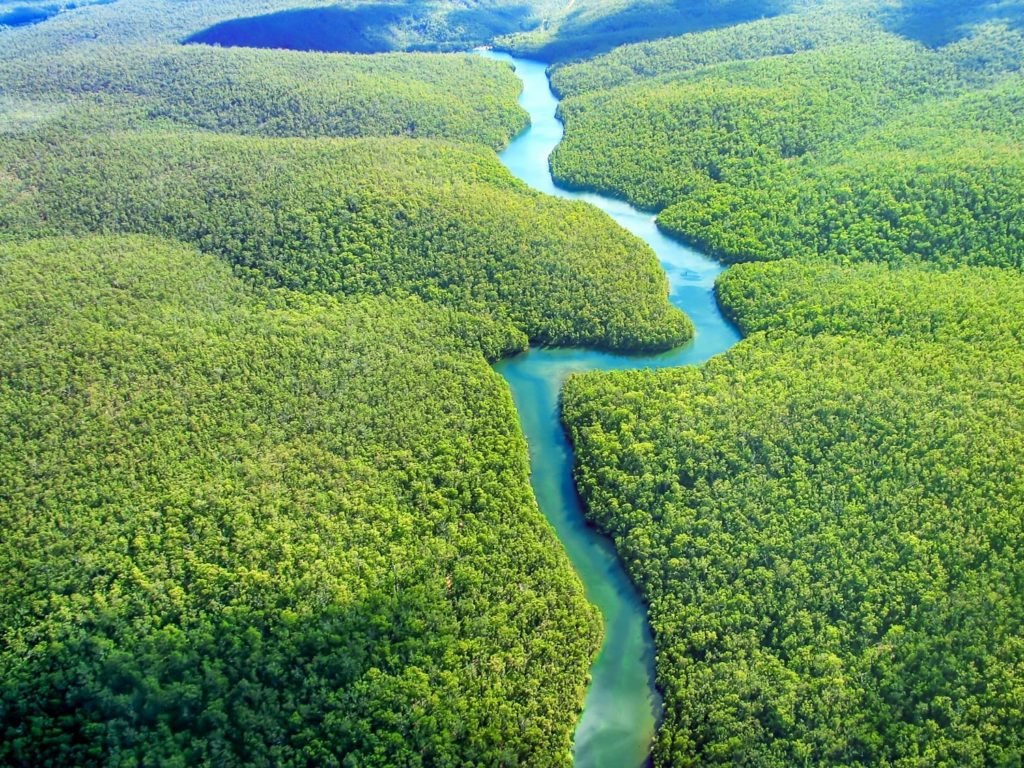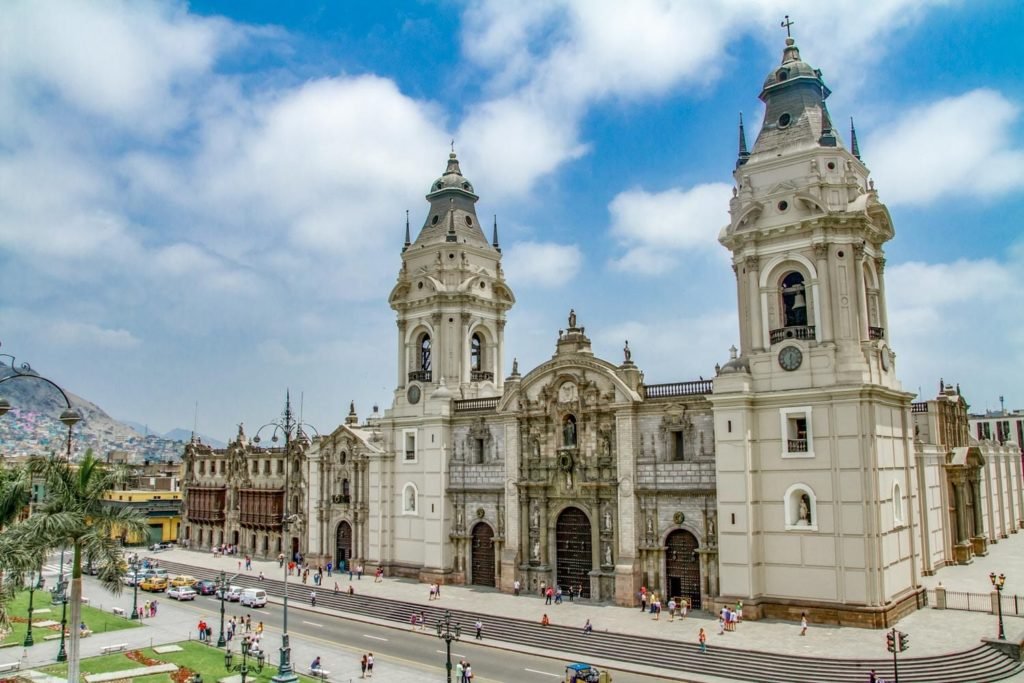Page Menu
Kuelap: City in the Clouds
While relatively few foreign visitors take time to visit northern Peru, those who do are rewarded with crowd-free access to some of the hemisphere’s most important pre-Columbian ruins. One of the most impressive is the massive hillside compound of Kuelap, constructed by the Chachapoyan Cloud People (yes, Cloud People) in 500 AD.
Kuelap, often called “The City in the Clouds,” is an ancient fortified city in northern Peru’s Andes Mountains. This massive stone structure sits at an elevation of nearly 10,000 feet, offering sweeping views of the of the Maranon and Utcubamba River valleys. With towering walls up to 60 feet high, Kuelap is one of the largest ancient complexes in South America, covering roughly 25,000 square feet with over 400 stone structures—an observatory, turrets, tombs, and storehouses—are all enclosed within. Long believed to have been a fortress, recent archeological evidence suggests it was primarily a religious and ceremonial center for the Chachapoya civilization until its decline after the Inca conquest.

What to do in Kuelap
At LANDED, we connect our clients with guides who open the hidden world of Kuelap, providing deep insights into its rich past. Whether exploring ancient ruins or traversing the lush landscape, there’s something here for everyone.
Signature experiences in Kuelap include:
- Private guided tour of the Kuelap fortress, including insights into its architecture and history
- Trekking to the surrounding areas for panoramic views of the Andean landscape
- Cable car rides to the fortress, overlooking the cloud forest
- Visiting local villages to learn about Chachapoya culture and traditions
- Exploring the burial towers. of Macro or the Karajia Sarcophagi, the cliffside burial sites of the Chachapoya
- Horseback tours to the cliff-side tombs of Revash—cottage-like structures painted with bright red and white symbols
- Visits to the Centro Mallqui Archeological Museum
- Hikes to the Gotca Waterfall, believed to be the world’s third largest; its two-stage drop measures 2,528 feet
Hikes to Kuelap can take five to six hours—an ascent of roughly 3,900 feet. An alternate route from the nearby town of Maria takes only two hours.

What is the Weather Like?
The climate in Kuelap is divided into rainy and dry seasons, each offering a distinct experience. The dry season, from May to September, is generally the best time to visit, with mostly sunny days and limited rainfall. Temperatures typically hover around 62 to 64°F year-round, though it may feel cooler when the sun is not shining due to the high altitude.
From October to April, the rainy season brings warmer air and frequent showers. Despite the rain, this season enhances Kuelap’s atmosphere; a light mist often blankets the fortress, creating an enchanting setting for photography. The rains also invigorate nearby Gocta Falls, making it even more powerful and spectacular to witness.
To assuage the effects of the thin air , visitors are advised to rest well, avoid alcohol and eat lightly on their first day in Kuelap.
No matter when you visit, the weather in this area can surprise you. Mist and rain can be present at any time of the year. These averages are changing, please check extended weather forecasts using your favorite weather app prior to departure.

Getting There
By road, the Kuelap trailhead near the town of Tingo is approximately one hour from Chachapoyas. Chachapoyas is best reached by air from Lima in just under two hours. Please note, flight schedules and availability change frequently.
Start your journey today
LANDED delivers the finest in custom, private travel to Central America, South America, and Antarctica. These regions are our passion; we know them first-hand and by heart. Speak with one of our travel designers and let us create a tailored itinerary for you in Cordillera Blanca.
How to combine Kuelap
Have some extra time? Here are some options for you to combine with.




